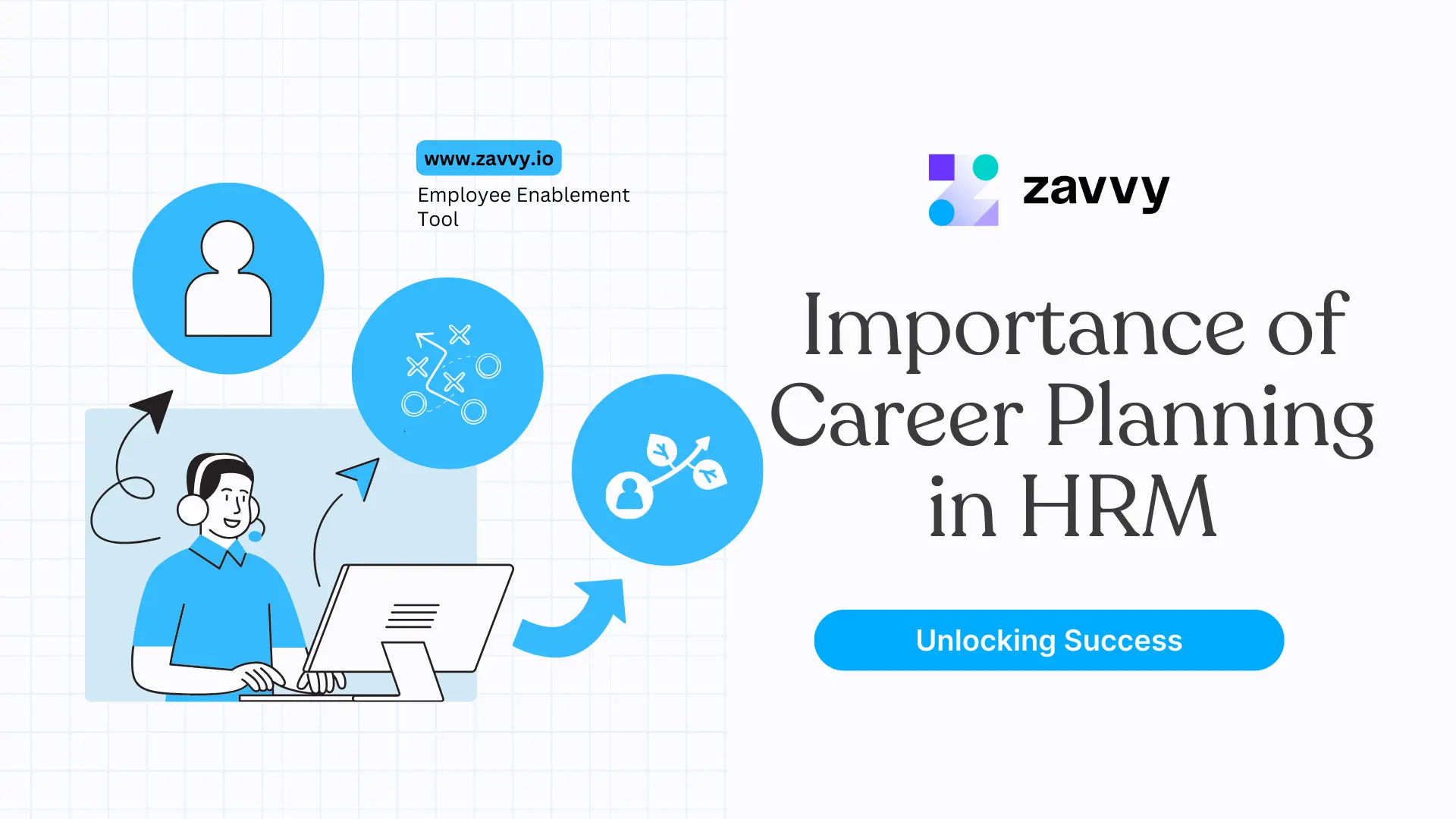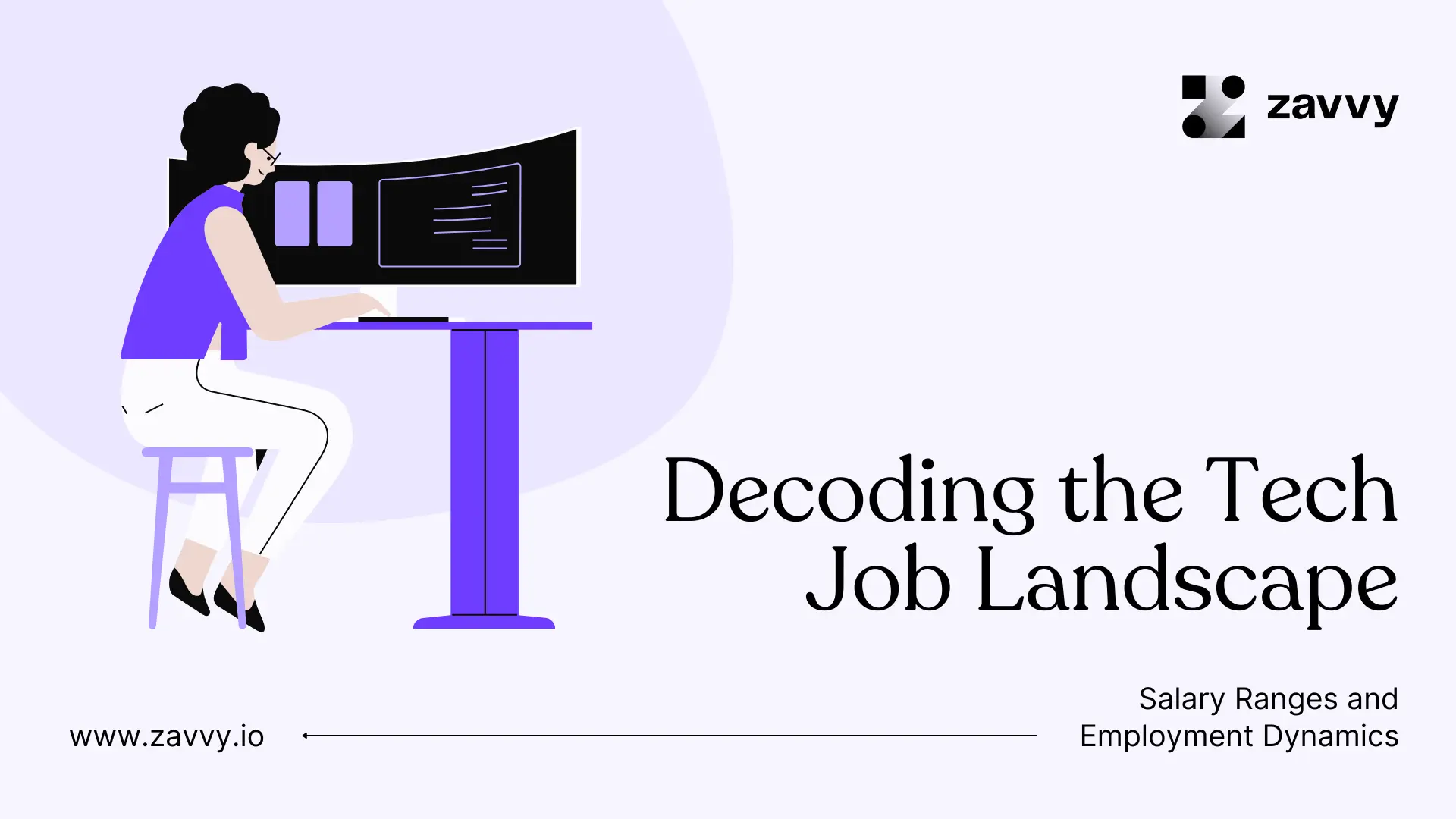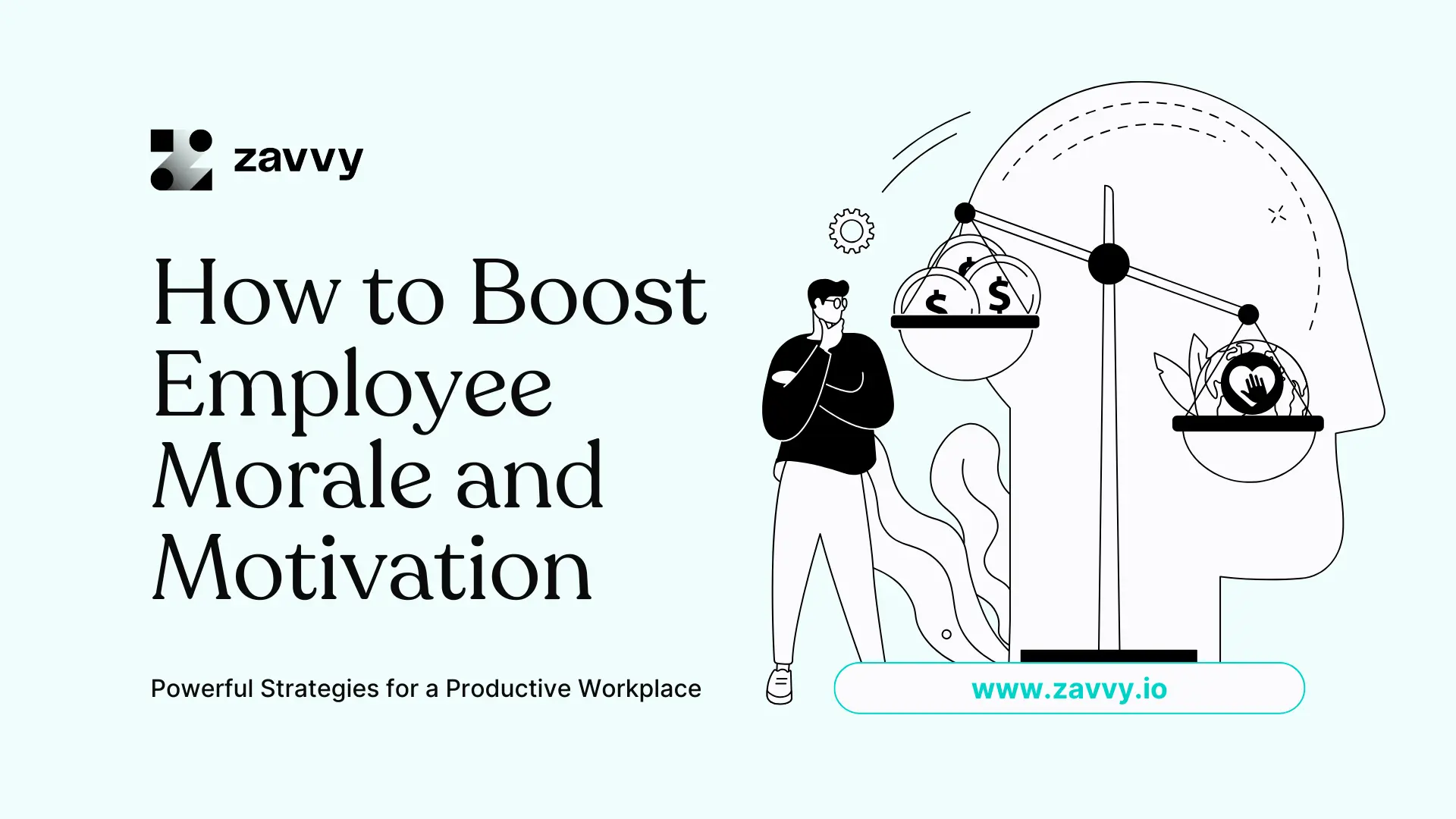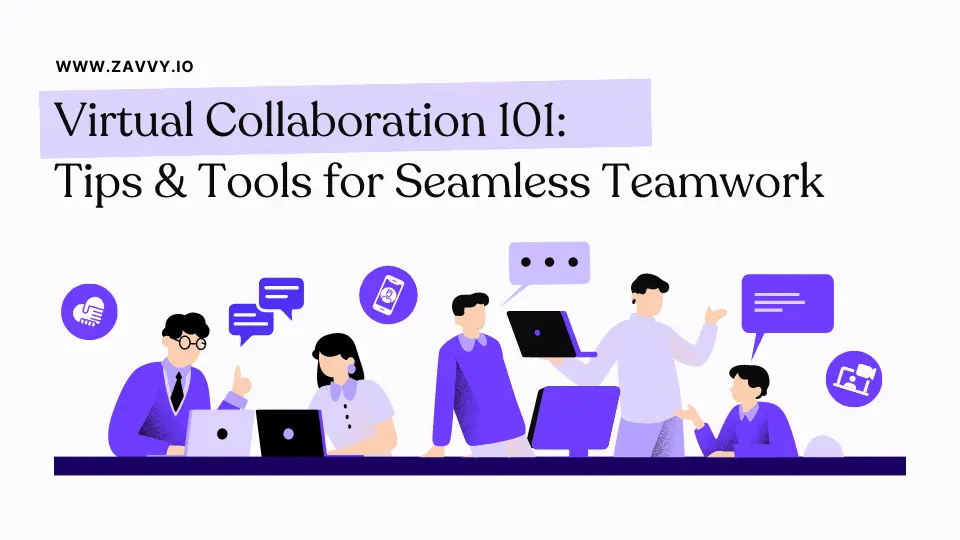
7-Step Guide to Effective Competency Mapping (+ L&D Experts Insights & Template)
Zuletzt aktualisiert:
21.12.2023
Lesezeit:
10 minutes
última actualización
21.12.2023
tiempo de lectura
10 minutes
Last updated:
December 21, 2023
Time to read:
10 minutes
.webp)
Competency mapping is no longer a buzzword. It's an essential tool that enables people teams to decode employee potential and align it with their strategic objectives.
By accurately mapping competencies, you can identify skills gaps, design targeted training programs, and foster a high-performing workforce.
And if there is a time to start thinking about competencies and skill gaps, it is right now.
Skillsets for jobs have changed by around 25% since 2015. And this number is expected to double by 2027.
This comprehensive guide will:
- Outline a 7-step approach to effective competency mapping.
- Share enlightening insights from leading L&D experts, giving you a fresh perspective on this critical process.
- Share a handy template to kickstart your competency mapping journey.

🗺️ What is competency mapping?
Competency mapping is a process that helps in identifying and analyzing the specific skill set, knowledge, abilities, and behaviors needed to perform a specific job effectively.
It is a strategic approach that can help organizations to:
- Maximize their human capital.
- Improve employee performance.
- Achieve their business goals.

A competency mapping process would need to cover the three main types of competencies:
- Company core competencies: Behavioral competencies aligned with company vision and values. For example, Zappos, an online shoe and clothing retailer, strongly focuses on top-notch customer service. As a result, customer service is a core competency for all employees (and something all new employees receive training on during onboarding).
- Functional (job core) competencies: Behavioral competencies to perform the job role well. Are any particular skills needed for that department? For instance, creativity is a must-have functional competency for a marketing department.
- Technical competencies: Mostly technical or domain-specific skills for hands-on daily tasks. For example, understanding CRM tools is a functional competency for the sales team, and search engine optimization is a functional competency for a marketing team.

🕵️♀️ 4 Primary objectives of competency mapping

Identifying essential skills and abilities required for various roles
A competency map becomes your go-to resource, highlighting skills and abilities needed for any role.
You can use it to plan training, recruitment, or performance management.
It's an all-in-one resource.
Aligning employee competencies with organizational goals
The first stage of competency mapping is finding organizational-level competencies. It also ensures you develop employee competencies per the company's core values, mission, and goals.

Supporting employee development
The competency map becomes your cheat sheet to plan any training goals. You can create or curate competency-based learning materials that your people can add to their competency-based development plans.

Enabling transparent career paths
With transparent competency maps, employees can see the competencies needed to grow to the next level.
For instance, a data engineer can check the competencies of a senior data engineer.
Or a junior sales manager can check the competencies of a senior sales manager. This transparency helps them plan their learning journey and growth.
👀 Learn more about job leveling classification in our dedicated guide.

🏆 5 Compelling benefits of competency mapping

Enhances employee performance
SHRM's 2022 Workplace Learning & Development trends report shows that 38% of employees want training that is more relevant to their jobs. It enhances their performance and improves productivity.
A competency map helps to facilitate training and enable strategic personal growth plans for employees to move to the next level.
Aids recruitment
It's challenging for a recruiter to work backward only from a job description and hire the best person for the job.
Competency mapping becomes a savior with a centralized repository of the required skills for each job role.
It prevents bad hiring decisions and leads to a more competent workforce.
Creates an internal talent marketplace
Yuri Kruman, Leadership Executive Coach and HR Ecosystem expert, says one of the top benefits of competency mapping is that it creates an internal talent marketplace through targeted skill development.
Learning and Development executives can plan training for in-demand competencies. He further stresses that the internal talent marketplace is the best place to recruit people for new projects and positions.
🏢 Case in point: Tata Consultancy Services, an IT services company, prioritizes training people from the ground up and promoting them based on competencies. It's helping the company keep up with talent demand and proving cost-effective.
Supports effective succession planning for critical roles
Succession planning is the process of identifying a company's key positions and grooming high-potential candidates for them. It prepares the company for any untimely event like a leader's resignation or illness, and the organization already has a potential replacement ready to take on the job.
A clear competency map for these business-critical roles helps build a development plan for these potential candidates and eases the transition.

Optimizes performance management
Competencies provide a clear framework for evaluating and managing employee performance. Assigning development plans and tracking the overall results/development is more effortless.
🚨 Consult our guide to competency-based performance appraisals and get started immediately with our competency-based review template.

🪜 7 Steps for your competency mapping process

1. Make a list of roles
Before starting mapping, create a list of roles for which you need to map competencies.
Ideally, there should be a competency map for every career path in the organization.
2. Determine company core competencies
The next step is identifying a company's core competencies, which are critical to the company's vision.
For instance, Apple products are known for innovation. Hence, creativity and innovation are company-level core competencies for all Apple employees.
💡 Tip #1: The senior leadership/C-suite teams are the best people to find these competencies.
Here are the sample questions to kickstart the activity:
- What is your mission and vision statement?
- What are your core values?
- What is the Unique Selling Proposition(USP) of your brand?
- What are your organization's goals within the next six months, one year?
- Which competencies are most important for you to meet your business goals and keep your core values, vision, and USP alive?
💡 Tip #2: Don't just define competencies but also define proficiency levels with a clear definition of each level.
Here is a sample for your reference.
Communication competency
Definition: The ability to effectively convey information, ideas, and instructions to individuals or groups, both verbally and in writing.
Proficiency levels:
- Basic: Can communicate effectively.
- Intermediate: Can communicate persuasively.
- Advanced: Can communicate with impact.
- Proficient: Can communicate with large groups.
- Expert: Can communicate with diverse audiences.


3. Find job-specific core competencies
After finalizing the company's core competencies, the next focus is to find job-specific core competencies.
Three main ways to do that are:
- Analyzing job descriptions and identifying the skills and behaviors necessary.
- Discussing with senior managers and team leads for must-have competencies to succeed in a role.
- Reading industry reports to identify commonly recognized core competencies in similar positions.
💡 Tip: While HR and L&D experts can drive this effort, it is best to have final approval from senior managers for the department/team.
4. Find technical competencies
The last set of competencies is the technical ones for daily tasks.
A good way to prepare a list of tasks for every role and which tools and domain knowledge employees must have for that task.
Sample: Technical competencies for a Web developer at a Fintech company
Team leads, or a focus group of high-performing team members (who are in touch with on-ground work) would be best to complete this list.
➡️ Searching for reports on core competencies? Look no further.
Check out our curated list of core competencies and job-specific functional and technical competencies.

5. Create an ideal competency profile for each role
Now, you are close to the ideal competency matrix. It simply means collating all the details you got in the previous three phases.
Here is a sample competency profile for a web developer.
Company core competencies
Innovation (Advanced)
Job-specific core competencies
Creativity (Basic)
Teamwork (Advanced)
Communication (Proficient)
Technical competencies
Angular JS (Expert)
PHP (Advanced)
React JS (Advanced)
Github (Intermediate)
6. Assess all team members
After you have the ideal competency profile, it's time to assess employees and see which proficiency level they are currently at.
- For core competencies, you can conduct 360 reviews (client, peer, manager, self) and assign the levels.
- For functional and technical competencies, regular performance reviews can provide insights into how competencies have contributed to employee performance and the organization. You can also collect 360 feedback on these competencies, but you will have to make sure than reviewers understand these competencies. (E.g., anyone can evaluate an employee's communication skills, but not all teams will be able to assess whether a marketing employee is proficient at SEO). You can also run skill assessment tests if required.

7. Discuss the path forward with team members
The last step is to discuss with employees on:
- What proficiency levels are they currently at.
- What proficiency level should they aim for.
- What key competencies and proficiency levels do they need to grow up the ladder.
The best part of the competency mapping process is it brings transparency to the job-leveling system (defining job roles and career pathways for career growth).
As a result, employees can see the competencies of next-level roles and plan their learning with a clear career path forward.

📝 Competency mapping template
Our learning scientists have created a competency mapping template with exercises for finding core and functional competencies.
This template is a very practical, straightforward sheet that helps people managers or department heads complete this exercise. We also use it in customer workshops.
- Cluster role-based activities into competencies.
- Prioritize and narrow these competencies down.
- Map these competencies to single people/roles.
Share it with your team so they don't start from a blank page.

🆓 Download the free competency mapping template.
😟 8 Challenges organizations face during competency mapping & how to overcome them

Obtaining buy-in from stakeholders
Lalit Chaturvedi, Vice President of HR - Talent Management at ELGI, shared that one major challenge organizations face is a lack of understanding of the science of competency mapping. It doesn't bring all the stakeholders on the same page, creating gaps in the system.
✅ Solution: Educate employees about the competency mapping process and involve employees at all levels. Senior managers and team leaders already lead a few parts of the mapping processes. Rest employees can still be actively kept in the loop throughout the procedure.
Ensuring alignment with organization goals
As organizational goals evolve, competency maps can become obsolete and not align with company expectations.
✅ Solution: Don't see competency mapping as one and done process. Create a system to revisit the mapping periodically.
Avoiding incomplete competency mapping
It's common for organizations to have incomplete competency maps stating only technical or functional competency. It shows a limited understanding of the mapping process.
✅ Solution: Define a 3-step system of evaluating company core competencies, job-specific competencies, and functional competencies at the end.
Using poorly described competencies
Preeya Patel, Senior Business Psychologist at Clevry, highlights a common problem in the competency mapping process: poorly defined competencies full of vague keywords, jargon, and no exact expectation defined.
✅ Solution: Keeping definition and proficiency levels as actionable as possible. For example, for team management, proficiency levels can be:
- Can manage own time.
- Can manage own and others' time.
- Can optimize the organization's time.
Each proficiency level clearly explains how employees can use this competency.
Staying bias-free
Adi Holmes, Head of Talent at jelli Group, says, "Competency mapping can be subjective, influenced by personal biases, and prone to interpretation."
Having a system driven by only a few folks can let biases creep in and make the entire process futile.
✅ Solution: Form focus groups with the right mix of people:
- senior leaders;
- managers;
- HR;
- team leads;
- high-performing employees to get a more balanced list of competencies.
Having too many job profiles
Laura M Hume, Talent and Learning Consultant, says one blunder she spotted in companies she consulted was having too many profiles. For example, a firm with 2000 employees has 1500 poorly defined job profiles.
✅ Solution: Have a standardization in defining profiles.
Example: Sales teams can have four profiles: junior executive, senior executive, manager, and head. Creating a new profile for every new joiner will make conducting mapping and training challenging.
Not having a clear system for competency mapping
Back and forth in Excel sheets to assign competencies only goes so far. It also makes the entire process tedious.
✅ Solution: Use technology to define and assign competencies. It makes the process more straightforward for admins and managers to track.
💡 Innovative uses of AI in HR include enlisting AI to define competencies.

Seeing competency mapping as a standalone process
Jo Taylor, Managing Director of Let's Talk Talent, says the most common reason competency mapping frameworks are not as effective is that they are often developed in isolation as a standalone tactic used solely for performance management.
She adds, "We find it's better when you create competency frameworks that are looking at supporting your people's growth and showing them possibilities. Not a stick to beat them with at the end of the year."
✅ Solution: Integrate competency mapping into HR processes. Weave the mapping through from start to finish in the employee lifecycle: from accurate job descriptions, employee development plans, and training to performance management.
Competency mapping can help to create a cohesive talent management approach.
➡️ Enable clarity, alignment, performance, and growth with Zavvy
The biggest challenge of the competency mapping process is linking it to your other key talent management processes. After all, competency mapping should be a piece of your people strategy puzzle, not a self-standing silo.
Zavvy's 360° growth system helps you solve this challenge with:
- 📝 Competency library: a curated list of competencies to start with the mapping journey. Our team of learning scientists also helps you complete the competency mapping process. And if you want to skyrocket your process, then you can always rely on our Zavvy AI.
- 🔄 Competency-based feedback and performance reviews to assess your people's current competency level and track future progress.
- 📈 Career frameworks: Define clear career paths for each role in your company.
- 🌱 Growth plans: Create goals for employees based on their career path.
- 💪 Training: Conduct training based on growth plans with thousands of cherry-picked courses. Bonus: You can customize and create courses as well.
📅 Book a demo now and let one of our learning experts help you create a meaningful people growth process.

❓ FAQs
Why is competency mapping needed?
Competency mapping clearly defines competencies for every role. It supports the entire talent management lifecycle to make better hiring decisions, conduct training, and evaluate performance management.
Is skill mapping and competency mapping the same?
Skill mapping and competency mapping are related, but slight differences exist. The skill matrix mentions the skills for the role, but on the other hand, the competency matrix has skills and proficiency and the ability to use them in the job.
For example, the skill matrix will have communication skills. In contrast, the competency matrix will also have proficiency levels like beginner, intermediate, and advanced levels of communication.
What are the key components of competency mapping?
The six main steps to the competency mapping process are:
1. Make a list of roles.
2. Find core competencies.
3. Determine functional competencies.
4. Create an ideal competency profile for each role.
5. Assess all team members and assign competencies.
6. Discuss the path forward for growth with each employee.
Read next
Als Nächstes lesen
No items found.
No items found.
.png)
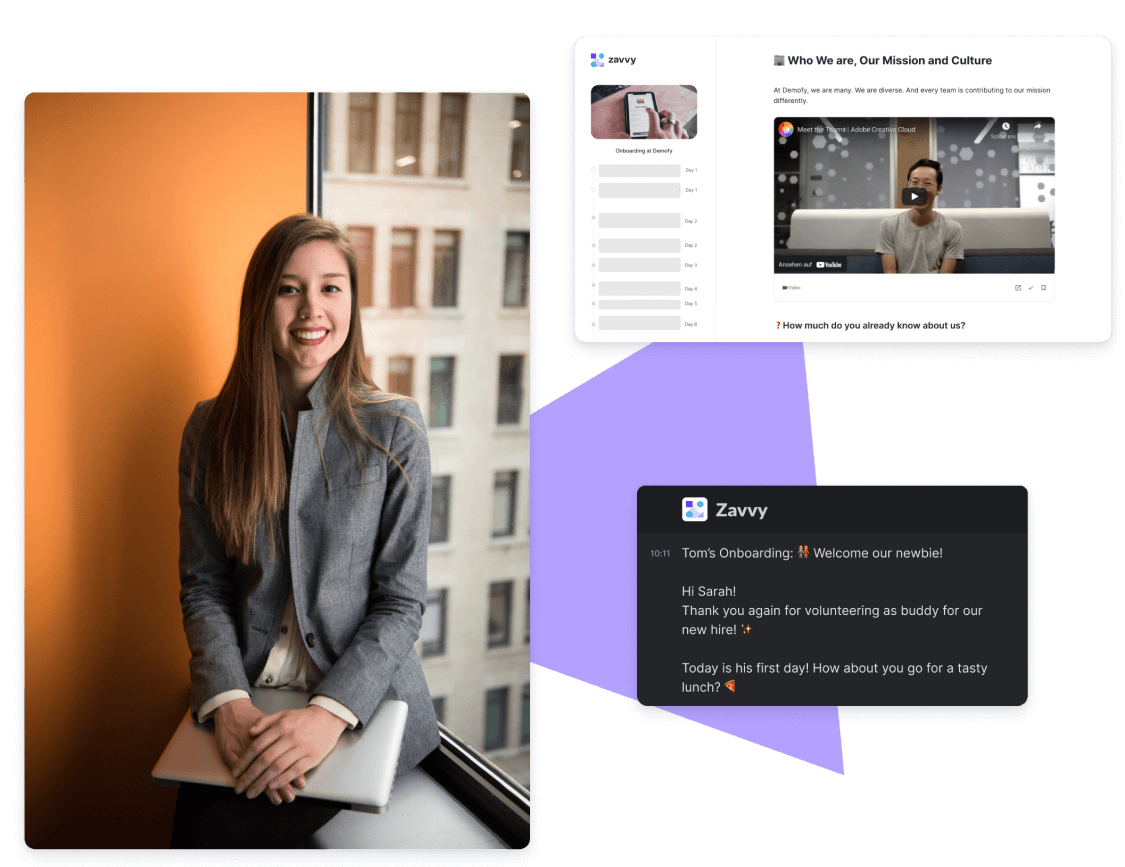



















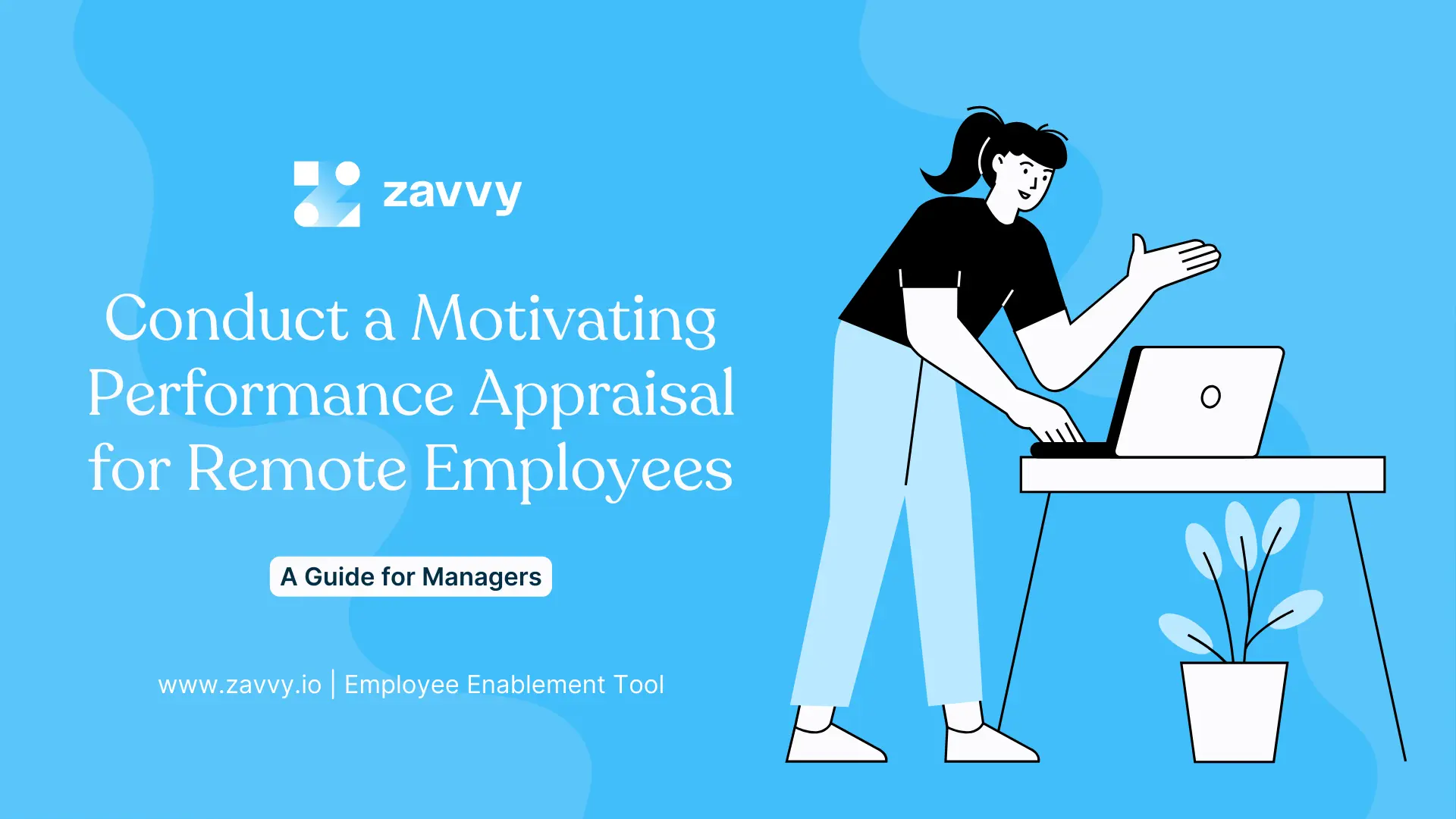
.png)







